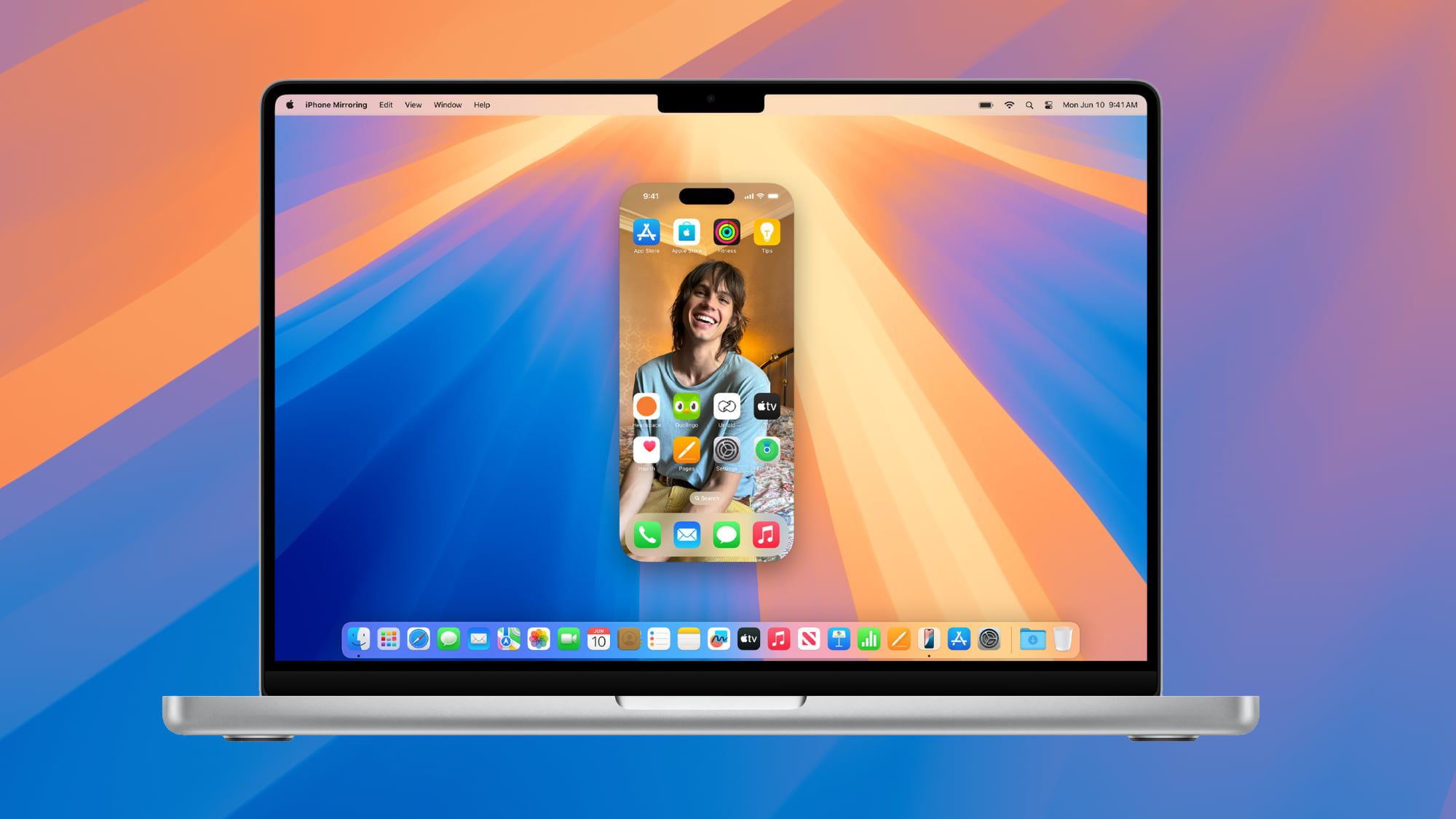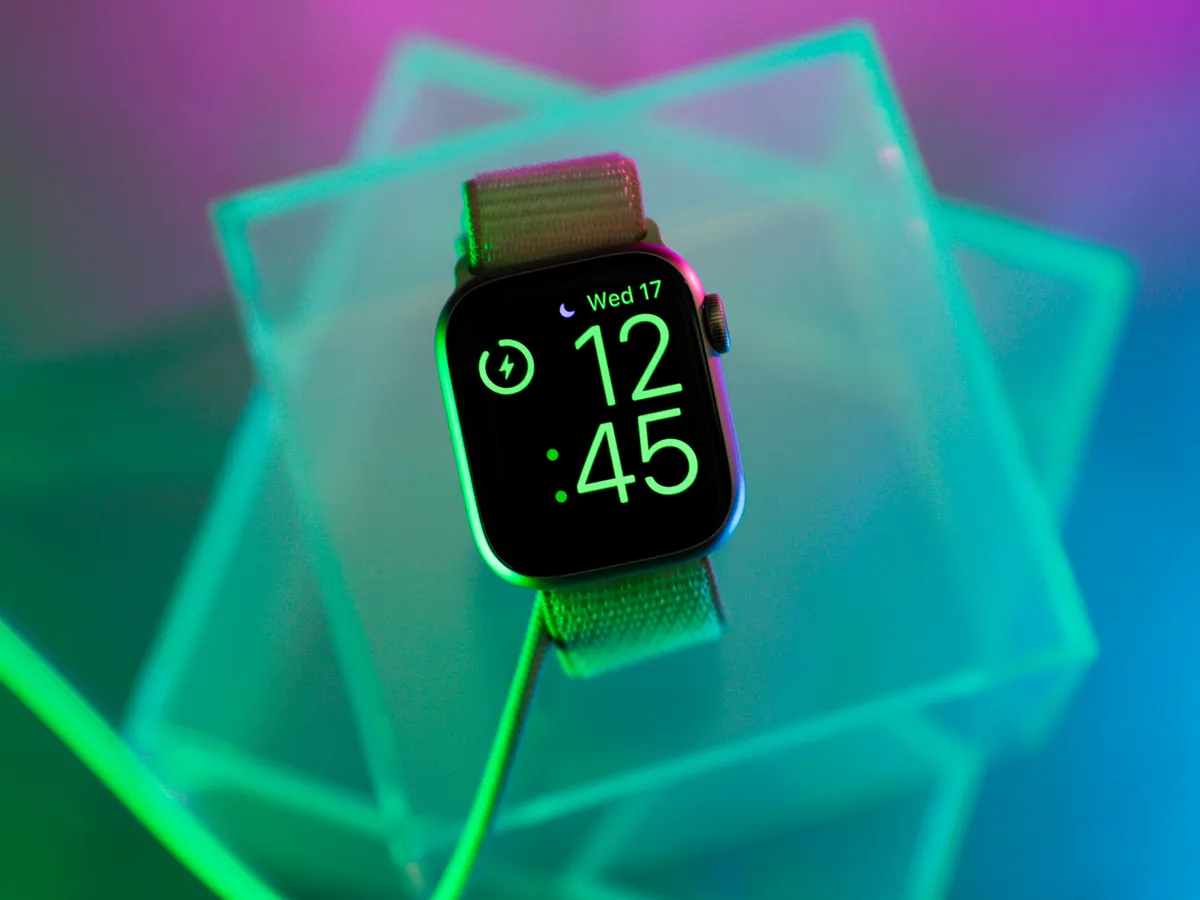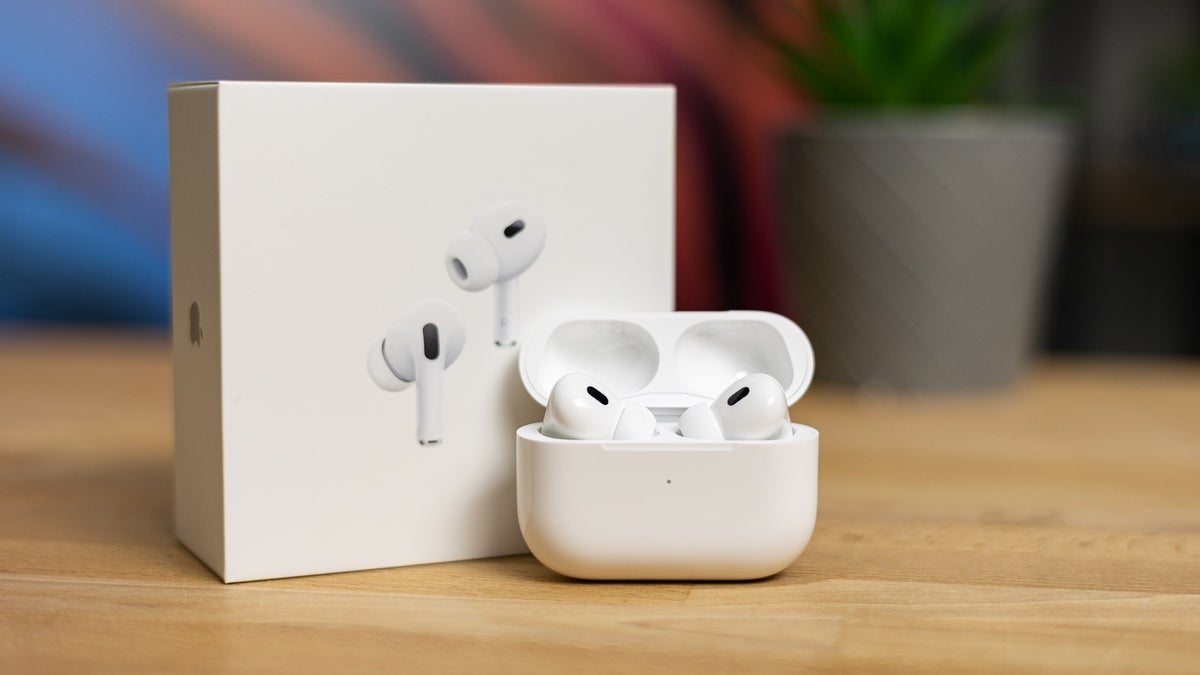Some people are noticing that Apple’s recent software updates are turning Apple Intelligence back on, even if they had turned it off before.
If you’ve missed it, Apple released updates for macOS Sequoia 15.3.1, iOS 18.3.1, and iPadOS 18.3.1, which include important security updates everyone should install. However, after these updates, some users, including software developer Jeff Johnson, have reported that their devices, especially those showing a Welcome screen after the update, are automatically enabling Apple Intelligence again.
In our tests, devices like the M4 Pro Mac mini, iPhone 16 Pro, iPhone 15 Pro, and M4 iPad Pro showed different behaviors. The iPhones and iPad kept Apple Intelligence off, but the Mac mini re-enabled it after the update. It seems the key is whether you see a Welcome screen for Apple Intelligence, which doesn’t give you an option to set it up later, forcing you to enable it.
This automatic reactivation is a worry for those who want control over their device settings, especially since Apple Intelligence needs up to 7GB of storage to work. This space is used for keeping AI models on your device for privacy-focused processing. In previous updates, Apple made Apple Intelligence an opt-out feature, meaning it’s on by default.
If you want to keep Apple Intelligence off, you should check your settings after updating. On your iPhone or iPad, look in Settings under “Apple Intelligence & Siri.” On a Mac, go to System Settings and check the same place. Have you updated recently? Share your experience in the comments.
In other news, Apple reportedly decided not to partner with DeepSeek, a Chinese AI company, for its Apple Intelligence features. DeepSeek made headlines for creating AI models that are less expensive and use less power, but privacy concerns led to bans on government devices in some countries. Apple needed a local partner for China, looked at several, but seems to be moving forward with Alibaba after initial talks with Baidu didn’t work out. They’ve even submitted a first batch of AI features to China’s regulators for approval.
Apple also plans to add Chinese language support to Apple Intelligence in an upcoming April update, but this might only apply outside of China until they get the green light there.
Source/Via








